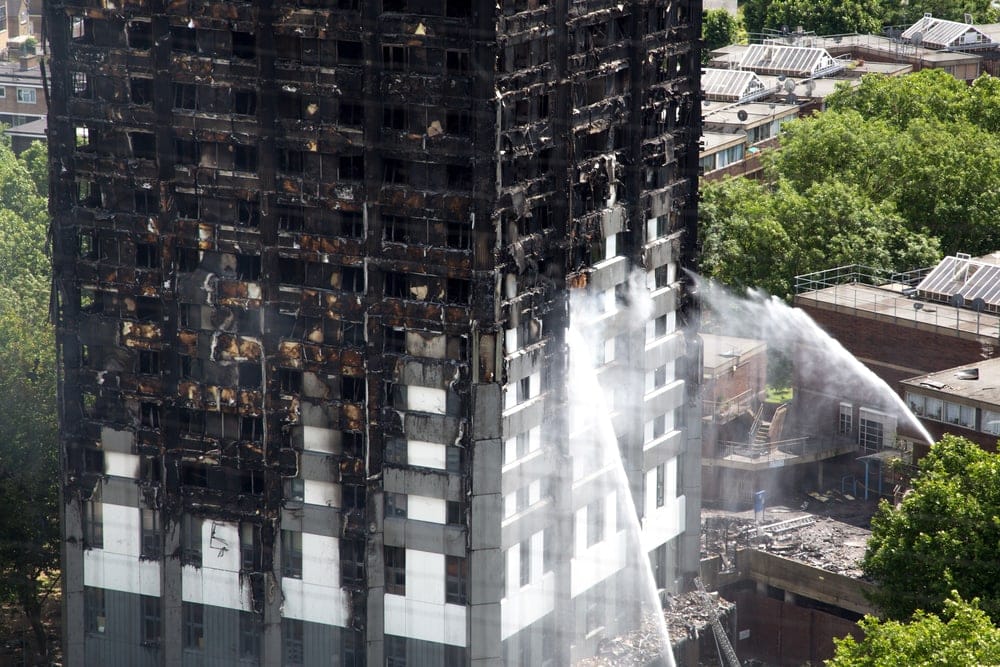Housebuilders’ suppliers are on the hook for building remediation costs following a ruling from the Supreme Court.
The developer Barratt Redrow won a Supreme Court ruling against engineering consultancy URS, in which the judges ruled that “it is necessary for a developer to be able to bring onward claims against those ultimately responsible as a matter of justice”.
In the case Barratt found two design defects at two high-rise developments it built but no longer owned after a post-Grenfell investigation in late 2019.
After paying to fix the issues Barratt took URS, the consultancy it appointed to structurally design the two blocks, to court to recover the cost of the works, and won on Wednesday.
URS questioned whether Barratt could claim against it after carrying out the works voluntarily.
A spokesman for Barratt Redrow said: “Whether remediation is required because of defects in design, supply of inappropriate products or workmanship issues, it is vital that the companies who played a part step up and put things right, as we have done with the developments in this case.”
A spokesman for URS said: “The judgment provides clarity on certain preliminary legal issues relating to legacy matters. It does not resolve the substantive issues, which will be addressed in the next stages of the legal process.”
The UK’s largest housebuilders spent or committed £6.5 billion to fix building safety issues like flammable cladding, with the help of government funding, after the Grenfell Tower fire in 2017.
Nick Stockley, partner, law firm Mayo Wynne Baxter, noted that the ruling gives builders a better chance of recovering losses.
He said: “This ruling creates an easier route for builders to reclaim losses that they incur for the actions of either third parties or sub-contractors.
“The primary position is that a builder will be liable to the building purchaser for any defect.
“If there are defects in the building, then the builder is accountable in the first instance and the builder can then counter-claim against a third party that they consider is responsible for the defect.
“However, the builder is the first one to take the blame. One of URS’ defences was that Barratt Redrow was out of time to sue them.
“This ruling suggests that that the “time out defence” is no longer a fail-safe defence if the genuine blame rests with a design contractor.
“This ruling means that any party to any construction project needs to maintain insurance that extends to their work, irrespective of when the work was carried out.
“It also means that any sub-contractor cannot realistically exclude liability for their negligence by saying that that liability passed to the builder.”
He added: “The builder still needs to prove negligence by the sub-contractor in order to obtain a contribution from the third party and that will always be a challenge.
“The requirement to prove negligence will mitigate the opening of floodgates, as will the fact that builders can already counter-claim against sub-contractors.
“However, this ruling will give builders a better chance of recovering losses that were not completely their fault.
“This ruling is certainly one to watch but in my view is unlikely to create a swathe of immediate litigation.”
